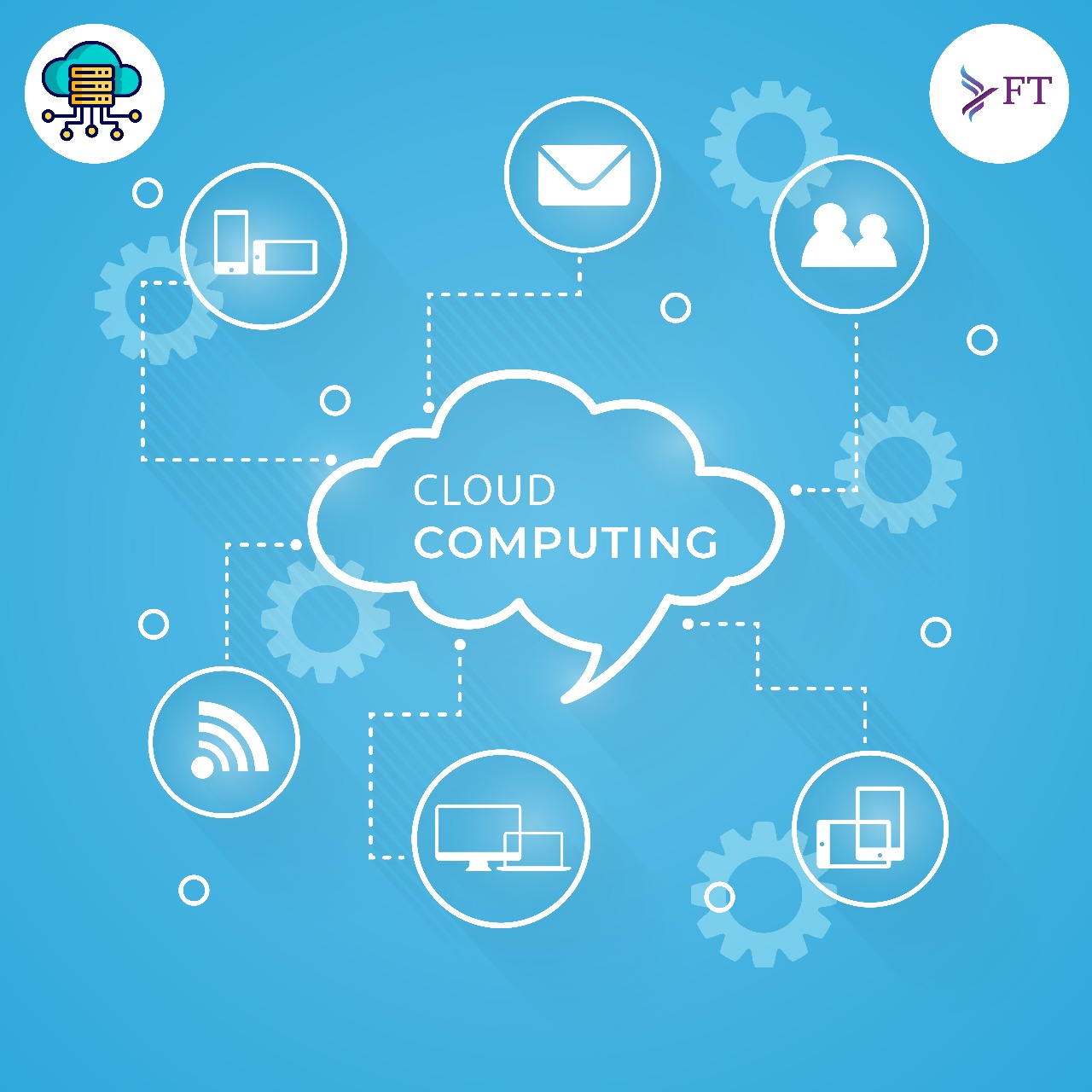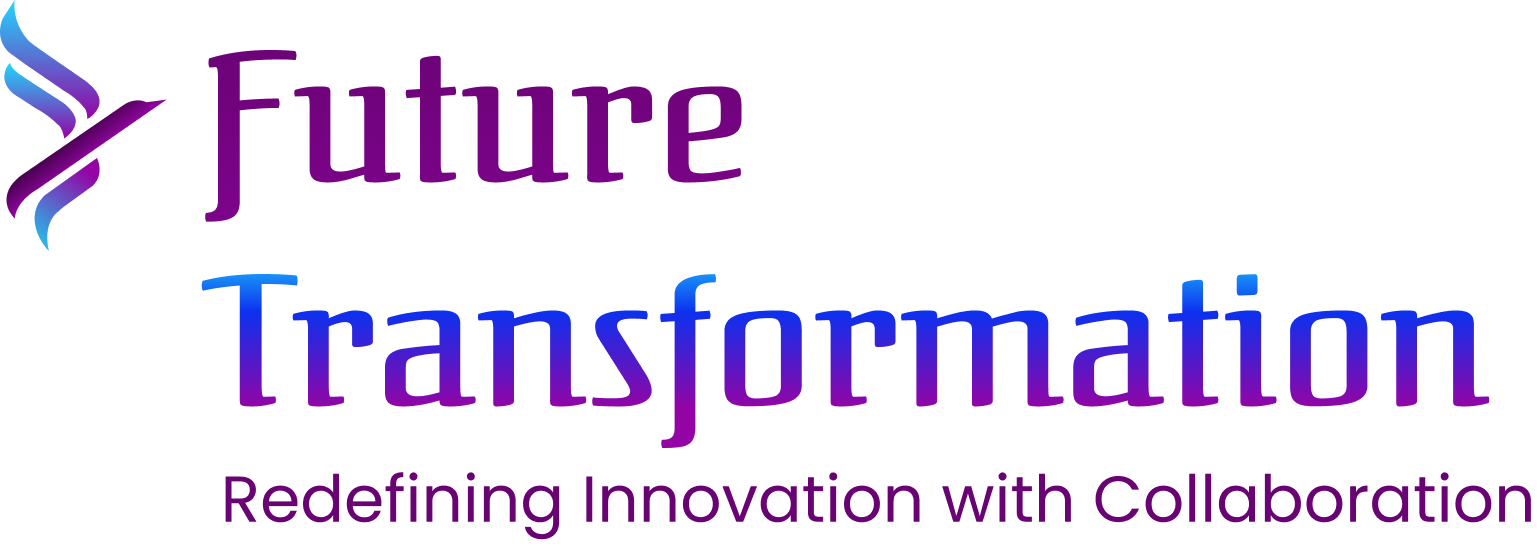
Cloud computing is a technology that enables users to access computing resources such as servers, storage, databases, networking, and software over the internet. It eliminates the need for physical infrastructure and provides scalability, flexibility, and cost efficiency.
The recent report of Infosys says that 50% executives report they’re using cloud services only to integrate data for AI purposes. Another 30% are using cloud infrastructure for computing capacity, and just 13% report having a “detailed roadmap” on how cloud investments will advance AI adoption beyond data and computer power/scale.
The EDGE DELTA report shows that 94% of companies worldwide are adopting cloud computing. Cloud computing adoption will generate over $3 trillion by 2030. Hybrid cloud is the top choice for the insurance industry, with 73% adoption. 22% of companies use public cloud computing services. 89% of companies use a multi-cloud approach.
The Report from Statista shows that Amazon Web Services dominated the cloud computing key players with a 30% market share worldwide.

Types of Cloud Deployment Models
Public Cloud
Public cloud is a cloud computing model where computing resources such as servers, storage, and networking are owned, managed, and maintained by third-party providers. These resources are shared among multiple users in a multi-tenant environment, ensuring cost efficiency. Public clouds are ideal for businesses looking for scalability, flexibility, and reduced IT maintenance costs.
Examples: Amazon Web Services (AWS), Microsoft Azure, Google Cloud Platform (GCP).
Private Cloud
Private cloud is a dedicated cloud infrastructure exclusively used by a single organization. It provides enhanced security, control, and compliance, making it suitable for industries handling sensitive data such as finance and healthcare. Private clouds can be hosted on-premises within an organization’s data center or managed by a third-party provider.
Examples: VMware Cloud, OpenStack, IBM Cloud Private.
Hybrid Cloud
Hybrid cloud integrates both public and private cloud environments, allowing businesses to distribute workloads between them for better scalability and security. It helps organizations optimize performance and cost by leveraging the public cloud’s scalability while maintaining sensitive operations in the private cloud. This model is useful for businesses with variable workloads or regulatory requirements.
Examples: AWS Outposts, Microsoft Azure Stack.
Cloud Services
Infrastructure as a Service (IaaS)
IaaS provides essential computing resources such as virtual machines, storage, and networking over the internet. Businesses can scale infrastructure up or down based on demand without investing in physical hardware. IaaS is widely used for hosting websites, application testing, and large-scale data processing.
Examples: AWS EC2, Google Compute Engine, Microsoft Azure Virtual Machines.
Platform as a Service (PaaS)
PaaS offers a cloud-based platform with development tools, operating systems, and runtime environments for building, testing, and deploying applications. It eliminates the need for managing underlying infrastructure, allowing developers to focus on coding and application logic. PaaS is commonly used for web and mobile application development.
Examples: Google App Engine, Microsoft Azure App Services, AWS Elastic Beanstalk.
Software as a Service (SaaS)
SaaS delivers fully functional software applications over the internet, eliminating the need for installation and maintenance. Users can access software through a web browser on a subscription basis, making it convenient for collaboration and remote work. SaaS is commonly used for email, document management, and customer relationship management (CRM) solutions.
Examples: Google Workspace (Gmail, Docs, Drive), Microsoft Office 365, Salesforce.
Serverless Computing
Serverless computing allows developers to execute code without managing servers or infrastructure. It automatically scales resources based on demand, optimizing cost and performance. This model is suitable for event-driven applications, real-time processing, and microservices architecture.
Examples: AWS Lambda, Google Cloud Functions, Azure Functions.
Everything as a Service (XaaS)
XaaS is an umbrella term encompassing all cloud-based services, including infrastructure, software, platform, security, and analytics. It provides businesses with on-demand solutions tailored to their specific needs, ensuring operational efficiency and cost-effectiveness.
Examples: AI as a Service (IBM Watson), Storage as a Service (Dropbox), Security as a Service (McAfee Cloud Security).
Function as a Service (FaaS)
FaaS is a subset of serverless computing that enables developers to deploy small units of code that execute in response to specific events. It eliminates the need for maintaining server infrastructure, allowing businesses to focus on application functionality. FaaS is ideal for real-time data processing and automation.
Examples: AWS Lambda, Google Cloud Functions, Azure Functions.
Trends in Cloud Computing for 2025
Artificial Intelligence (AI) and Machine Learning (ML)
AI and ML are increasingly integrated into cloud platforms to enhance automation, data analysis, and decision-making. Cloud-based AI services provide businesses with tools for predictive analytics, fraud detection, and natural language processing (NLP). AI-driven automation also improves IT operations by optimizing resource management and reducing downtime.
Examples: AWS AI Services (Amazon SageMaker), Google AI Platform, Microsoft Azure Machine Learning.
Data Security and Privacy
With increasing cybersecurity threats, cloud providers are implementing advanced security measures such as encryption, Zero Trust security models, and AI-driven threat detection. Compliance-focused solutions help businesses adhere to regulations such as GDPR and HIPAA. Enhanced identity and access management (IAM) ensure secure authentication and data protection.
Examples: Microsoft Azure Security Center, AWS Identity and Access Management (IAM), Google Cloud Security Command Center.
Multi and Hybrid Cloud Deployments
Organizations are adopting multi-cloud and hybrid cloud strategies to distribute workloads across different cloud environments. This approach helps optimize costs, prevent vendor lock-in, and improve resilience against outages. Enterprises leverage hybrid cloud for sensitive data storage while using public cloud for scalability.
Examples: AWS Outposts, Google Anthos, Microsoft Azure Arc.
Low-Code and No-Code Cloud Solutions
Low-code and no-code platforms allow non-technical users to create applications using visual interfaces with minimal programming. These tools accelerate software development and enable businesses to build custom applications without extensive coding knowledge. They are widely used in business process automation and workflow management.
Examples: Microsoft Power Apps, Google AppSheet, OutSystems.
Edge Computing
Edge computing brings cloud computing closer to data sources, reducing latency and improving real-time processing. This is essential for applications requiring instant responses, such as IoT devices, autonomous vehicles, and smart cities. Edge computing enhances efficiency by processing data locally before sending it to the cloud.
Examples: AWS IoT Greengrass, Microsoft Azure Edge, Google Cloud IoT.
Internet of Things (IoT) Integration
Cloud computing enables large-scale IoT deployments by providing connectivity, storage, and analytics capabilities. Businesses use IoT-enabled cloud solutions for remote monitoring, predictive maintenance, and real-time data insights. Cloud-based IoT integration benefits smart homes, healthcare devices, and industrial automation.
Examples: AWS IoT Core, Microsoft Azure IoT Hub, Google Cloud IoT.
Kubernetes and Docker
Containerization technologies like Kubernetes and Docker streamline application deployment and management. They allow developers to package applications with dependencies, ensuring consistency across different environments. Kubernetes automates container orchestration, improving scalability and fault tolerance.
Examples: Kubernetes (K8s), Docker Swarm, Red Hat OpenShift.
Serverless Architecture
Serverless computing continues to gain popularity due to its cost-efficiency and scalability. By eliminating infrastructure management, businesses can focus on application logic while cloud providers handle resource allocation. Serverless architecture is widely used for API backends, data processing, and event-driven applications.
Examples: AWS Lambda, Google Cloud Functions, Azure Functions.
DevSecOps
DevSecOps integrates security practices into DevOps workflows, ensuring that applications are secure from the development phase. Automated security testing, vulnerability scanning, and continuous monitoring help businesses detect and mitigate threats early. This approach enhances cloud security while maintaining rapid development cycles.
Examples: AWS DevSecOps, GitHub Advanced Security, Google Cloud Security Command Center.
Disaster Recovery and Backup
Cloud-based disaster recovery (DR) solutions provide businesses with automated backups and failover mechanisms, ensuring business continuity during outages or cyberattacks. Cloud DR services offer scalable, cost-effective solutions with quick data recovery and minimal downtime.
Examples: AWS Backup, Google Cloud Disaster Recovery, Microsoft Azure Site Recovery.
Benefits of Cloud Computing
- Cost Efficiency – Reduces capital expenditure on IT infrastructure.
- Scalability – Resources can be scaled up or down as needed.
- Flexibility – Access cloud services from anywhere.
- Security – Advanced security protocols and compliance measures.
- Innovation – Facilitates AI, big data, and analytics advancements.
- Collaboration – Enables remote teams to work efficiently.
- Automatic Updates – Service providers manage software and security updates.
Risks of Cloud Computing
- Data Breaches – Security vulnerabilities can expose sensitive data.
- Downtime and Service Outages – Cloud services may face unexpected failures.
- Compliance Challenges – Regulatory requirements vary across industries.
- Limited Control – Organizations rely on third-party providers.
- Vendor Lock-in – Migration challenges when switching providers.
Conclusion
Cloud computing has revolutionized the IT landscape by providing scalable, cost-effective, and flexible solutions. While cloud computing offers numerous benefits, organizations must also address security risks and compliance challenges. By leveraging the right cloud strategy, businesses can enhance efficiency, security, and innovation in 2025 and beyond.


